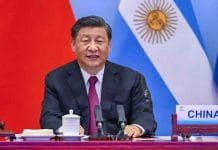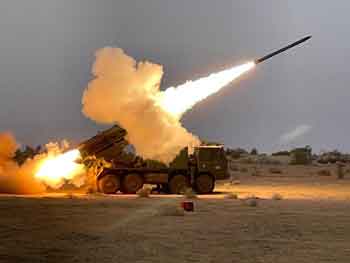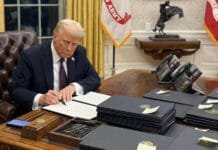INVC NEWS Geneva – A major breakthrough in global trade diplomacy has taken shape. The United States and China have jointly agreed to a 90-day pause on reciprocal and retaliatory tariffs, signaling a critical shift in one of the world’s most watched economic stand-offs. According to a joint statement issued Monday, both nations have acknowledged the urgency of stabilizing their strained trade relations, reaffirming their commitment to a sustainable, long-term, and mutually beneficial economic partnership.
A 90-Day Window of Economic Diplomacy
The temporary suspension of tariffs marks a turning point after years of tense negotiations and tit-for-tat tariff escalations that disrupted global markets. Over the next 90 days:
China will impose a 10% tariff on a selected list of American goods.
The US will maintain tariffs up to 30% on imports from China.
This tariff adjustment period is designed to create breathing room for both governments to engage in constructive dialogue and potentially reshape the long-term framework of bilateral trade.
Joint Commitment to Fair Trade Principles
In their coordinated statement, both sides emphasized the strategic importance of their trade ties, not only for bilateral prosperity but also for global economic stability. Both nations agreed to:
Respect long-term trade sustainability goals.
Prioritize mutual economic benefit.
Initiate mechanisms for structured, ongoing dialogue.
The carefully-worded joint declaration suggests a recognition that continued economic confrontation would come at a steep cost for both nations and the broader international economy.
High-Level Trade Negotiation Team Announced
Key officials will lead trade negotiations over the next quarter:
He Lifeng, Vice Premier of China’s State Council, will represent Beijing.
Scott Bessant, US Treasury Secretary, and Jamieson Greer, United States Trade Representative, will lead Washington’s delegation.
Meetings will occur alternately in the United States, China, or mutually agreed third-party countries. These high-level discussions will be complemented by working-level consultations, aiming to resolve intricate economic issues and establish a robust framework for long-term cooperation.
Tariffs Timeline: A Look Back
The groundwork for the 90-day truce was laid after President Donald Trump temporarily halted new tariffs, following initial dialogue with several nations. Under Trump’s administration:
A 10% baseline tariff was set for all countries beginning April 9.
Tariffs on Chinese goods were forecasted to escalate to 245%, depending on ongoing trade behavior.
In retaliation, China responded with tariffs as high as 125% on US exports.
Trump’s second term has reinforced the principle of “tariff reciprocity,” where the US mirrors any foreign tariffs to ensure what it calls fair and balanced trade.
Stock Market Responds with Optimism
The announcement of the US-China tariff truce caused a ripple effect across global financial markets:
US futures surged more than 2%.
Hong Kong’s Hang Seng index jumped nearly 3%.
European markets also responded positively, with Germany and France’s benchmark indices climbing by 0.7%.
Investors and analysts interpreted the move as a welcome de-escalation, reducing fears of a prolonged trade war and providing hope for renewed global economic momentum.
Legacy Tariffs and Their Lingering Impact
Despite the truce, legacy tariffs from Trump’s first term remain in place, including:
A 20% duty targeting Chinese imports as a response to the alleged lack of enforcement over fentanyl exports.
Combined with other penalties, tariffs on certain Chinese goods could still exceed 145%, reinforcing the complex and ongoing nature of US-China trade disputes.
Looking Ahead: A Narrow Window for Resolution
The coming 90 days represent a critical diplomatic window. Both sides have an opportunity to recalibrate trade policies that have not only hurt their economies but also disrupted global supply chains and market confidence.
With lead negotiators now identified and a structured dialogue process initiated, the world is watching closely. Can Washington and Beijing use this period to build a resilient, equitable, and lasting trade relationship, or will the pause simply reset the clock on another cycle of escalation?
The answer may shape the next era of global economic leadership.





















